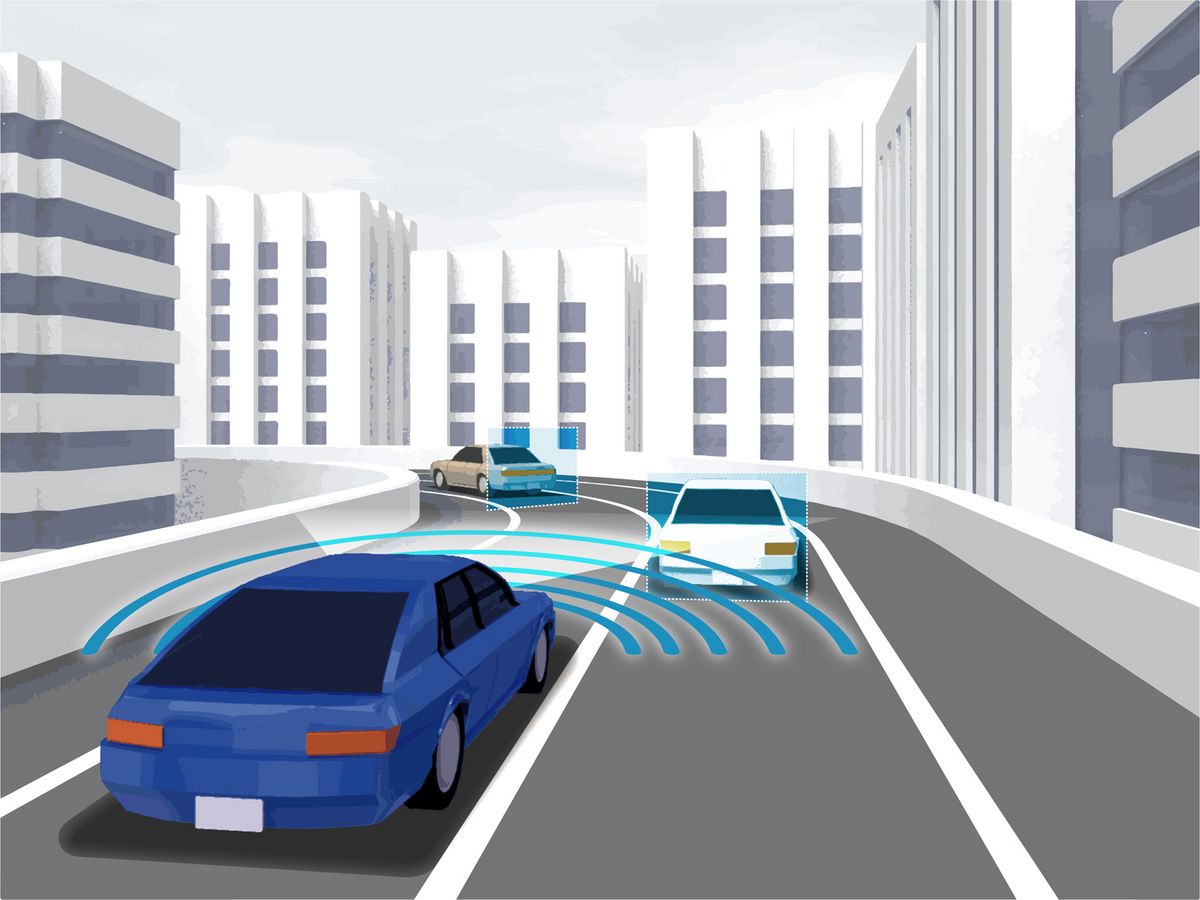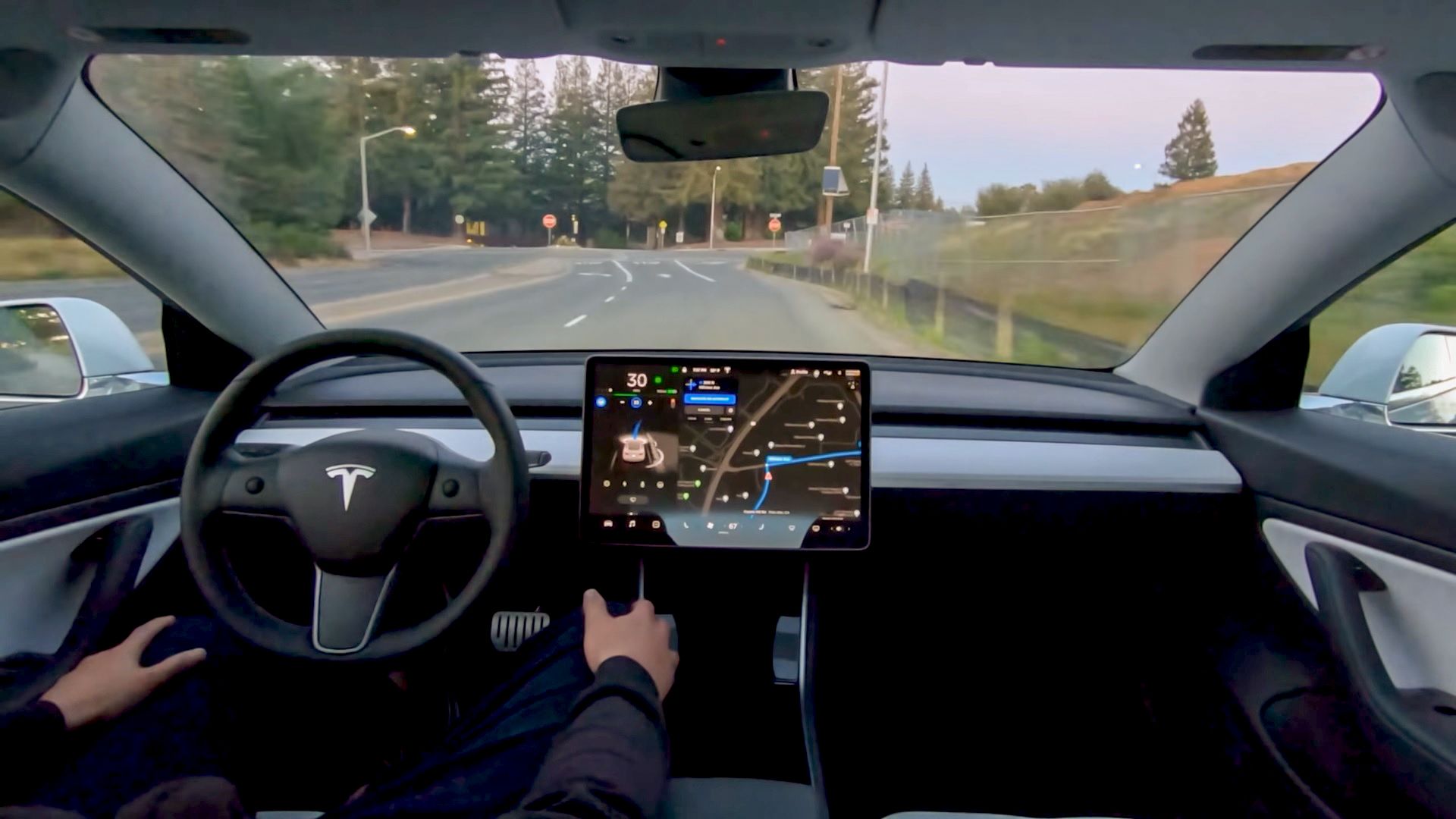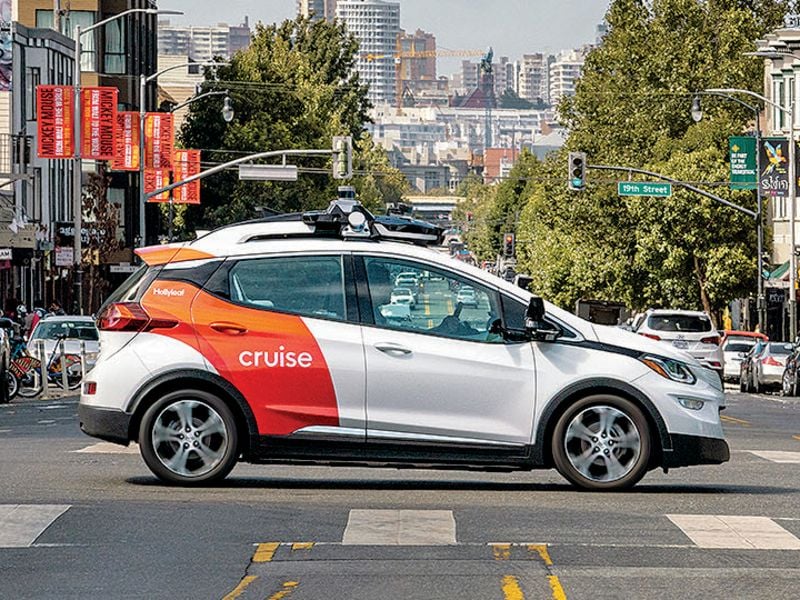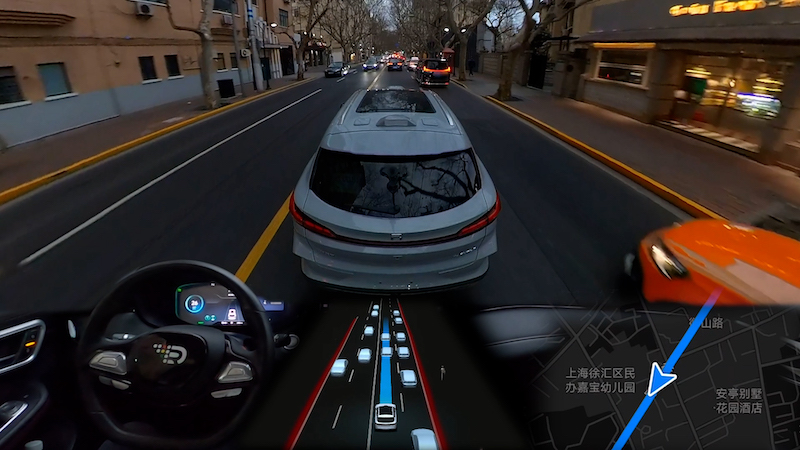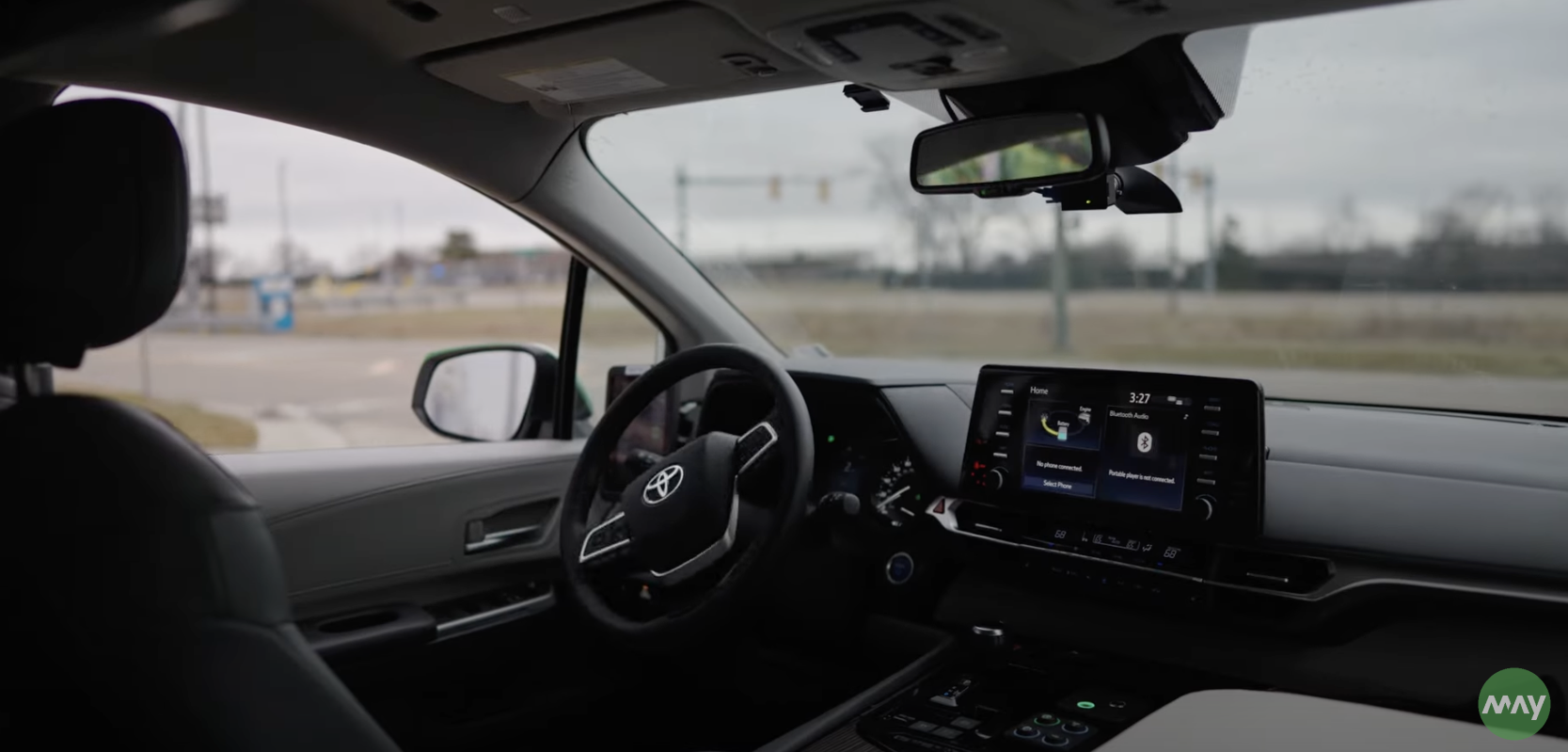SoftBank has confirmed that it has commenced testing of autonomous vehicles (AVs) in Tokyo in collaboration with May Mobility, a self-driving company based in Michigan. The partnership was announced last year in June.
The field tests began in January and are being conducted in the Takeshiba area of Minato-ku in Tokyo, covering busy locations like the InterContinental Tokyo Bay Hotel, Takeshiba Station, and Takeshiba passenger ship terminal. SoftBank’s trials are specifically designed to comply with the legislation that will come into force in April, permitting driverless vehicles on Japanese roads.
See also: Tsinghua University’s Breakthrough in Autonomous Driving: Vehicles that Learn While Driving
According to the new regulations, human monitoring of AVs is mandatory, whether the supervision is provided from within the vehicle or remotely. SoftBank is developing an AI-powered remote monitoring system that can automatically edit information for human operators to respond to and is testing it.
The Japanese company is also experimenting with sensing technology inside AVs to enable them to detect when a passenger falls ill or experiences an emergency. SoftBank is investigating how a remote human monitor could be alerted in driverless Mobility as a Service vehicles, such as taxis or shuttle buses, and provide voice guidance to handle the situation.
SoftBank is analyzing data provided from the field tests through simulations via a digital twin to calculate optimal driving routes automatically. Furthermore, it is aggregating all the data amassed on the test to provide feedback to the May Mobility Automated Driving System, which uses lidar sensors, radar, and cameras to offer 360-degree visibility around the AVs.
See also: Baidu Secures Permit to Launch Fully Autonomous Ride-Hailing Service in Beijing
Japan’s amended Road Traffic Act will allow Level 4 autonomous capability vehicles to operate on the country’s roads, and SoftBank is accelerating its development work on AVs. Level 4 is classified by the Society of Automotive Engineers as the stage at which a vehicle assumes full control of driving in a specific location.
The arrival of driverless vehicles is eagerly awaited in Japan, where they are expected to address the driver shortage issue and provide transportation for elderly people in sparsely populated regions.

